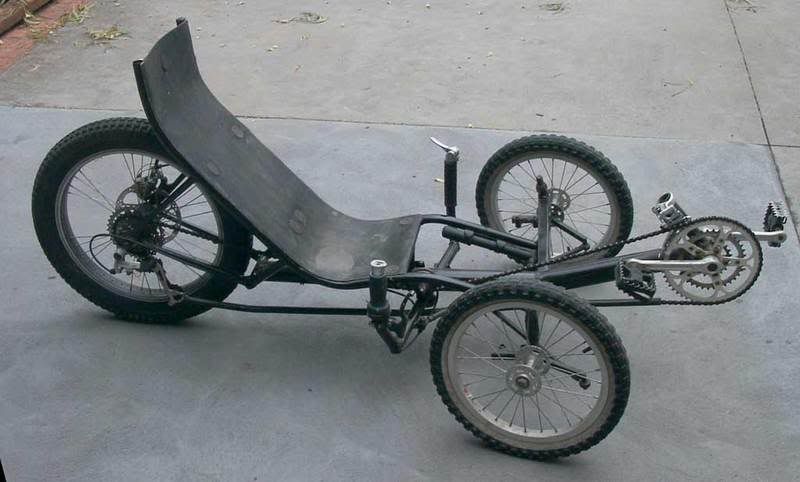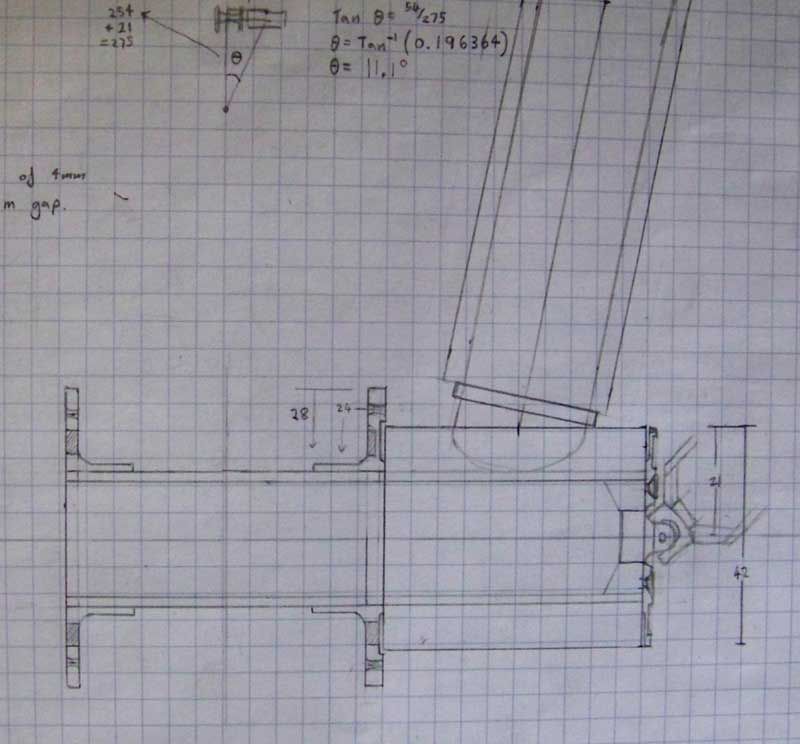I wouldn't bother with hollow axles, as bearing contact complicates things, you may reduce weight a tiny bit but any effect on rotational inertia will be minimal.
For normal applications, like simple beams in bending, there are pretty straight forward formulae to use, likewise for torsion and tension (which is just cross sectional area), compression is a bit more involved due to buckling.





 Reply With Quote
Reply With Quote






Bookmarks